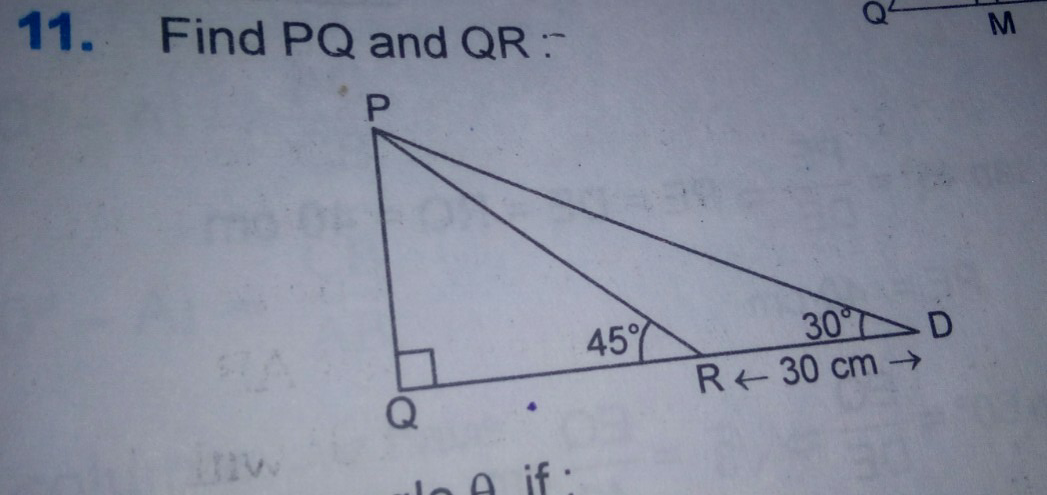
AllQuestion and Answers: Page 1612
Question Number 47857 Answers: 0 Comments: 1
Question Number 47852 Answers: 0 Comments: 1
Question Number 47851 Answers: 2 Comments: 3
Question Number 47848 Answers: 0 Comments: 2
Question Number 47837 Answers: 0 Comments: 0
Question Number 47836 Answers: 2 Comments: 0
$${prove}\:{cosec}^{\mathrm{2}} \theta−{cot}\theta{cosec}\theta=\mathrm{1} \\ $$
Question Number 47831 Answers: 2 Comments: 1

Question Number 47824 Answers: 2 Comments: 2

Question Number 47821 Answers: 1 Comments: 0
Question Number 47817 Answers: 1 Comments: 1

Question Number 47815 Answers: 1 Comments: 3

Question Number 47814 Answers: 1 Comments: 1
Question Number 47807 Answers: 1 Comments: 0
Question Number 47850 Answers: 1 Comments: 2
Question Number 47788 Answers: 0 Comments: 1

Question Number 47779 Answers: 0 Comments: 1

Question Number 47778 Answers: 1 Comments: 0
Question Number 47775 Answers: 2 Comments: 1

Question Number 47771 Answers: 0 Comments: 0
$$\int_{\mathrm{0}} ^{\frac{\pi}{\mathrm{2}}} \frac{{x}}{{tanx}}{dx} \\ $$
Question Number 47770 Answers: 1 Comments: 3
$$\int_{\mathrm{0}} ^{\mathrm{1}} \frac{{x}^{\mathrm{2}} −\mathrm{1}}{{lnx}}{dx} \\ $$
Question Number 47768 Answers: 0 Comments: 3
Question Number 47810 Answers: 1 Comments: 1
Question Number 47743 Answers: 2 Comments: 0
Question Number 47737 Answers: 1 Comments: 0
Question Number 47735 Answers: 1 Comments: 5

Question Number 47727 Answers: 1 Comments: 0
Pg 1607 Pg 1608 Pg 1609 Pg 1610 Pg 1611 Pg 1612 Pg 1613 Pg 1614 Pg 1615 Pg 1616
